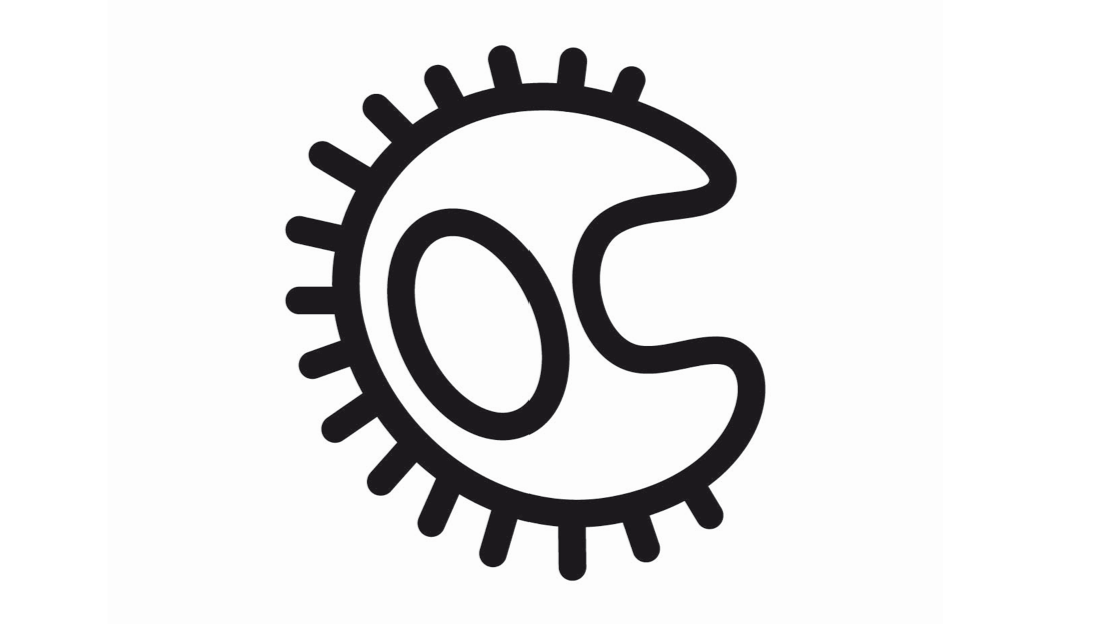Hallmarks of Malignant Growth: Avoiding Immune Destruction
December 28, 2018
In trying to understand what makes the idea of continuous growth so powerful (despite clear evidence that it is a harmful concept) The Incredible Shrinking Man turned to cancer research to learn where healthy growth turns malignant. Although cancer is a very complex phenomenon the seminal paper “ The hallmarks of cancer” managed to simplify its underlying process to ten common traits that every single cancer shares to facilitate the transformation from a normal cell to a cancer cell. Published by Robert Weinberg and Douglas Hanahan in 2000, with an updated version in 2013, the paper functions as a guide and lens to learn what the underlying principles of growth are. And what to do about it when things go wrong. Like in our growth-obsessed economy perhaps.
The tenth hallmark of cancer is it’s ability to avoid immune destruction. The immune system is intimately involved in the entire process of cancer progression, both in tumor eradication as in tumor immune potentiation. 1. The first escape mechanism is simply continued mutation and selection within the growing tumor. When the immune system recognises an abnormal cell it moves in to kill the abnormal cell through T cells, natural killer cells (NK) or macrophages. Unfortunately, the same process can also create tumor immune potentiation (immune-editing). If the tumor contains cells that are able to survive the onslaught then these cells will eventually start to proliferate and make the immune system less effective. 2. Cell’s wear their health on their sleeves in the form of antigens. These are pieces of protein that the cell presents on its surface and that display what is going on inside the cell. The immune system check if the antigens are representative of a healthy cell. If not it kills the cell. The second mechanism is the under-expression of MHC1 so that the cell doesn’t display its abnormal antigens. Recognition of cancerous cells can be difficult since cancer cells are in fact a modified self. Still, both the innate and the adaptive immune system are quite efficient at suppressing most abnormal cell growth, inappropriate metabolism and inappropriate movement. Cancer cells also present pieces of information about its intercellular processes on their membrane (through MHC1) that give the immune system clues that it is abnormal. MHC1 is the display case. However, if MHC1 levels become too low natural killer cells move in and attack the cell. A precise expression of MHC1 that is low enough but not too low, will help certain cancer cells survive. 3. The third evasive strategy is the tumor’s expression of TGF-Beta while at the same time down-regulating TFG-Beta receptors on its surface. TGF-Beta induces apoptosis in surrounding cells (they have the receptors that cancer does not) while encouraging the formation of new blood vessels. In short, by expressing TGF-Beta the tumor creates space for itself by killing competing cells while making sure it gets resources to grow. 4. The fourth strategy is immune suppression through regulatory cells. The immune system needs to be regulated not to attack self cells. Cancer hijacks the principle by expressing regulatory proteins (Treg. MDSC) that suppress the immune system from acting upon the tumor. 5. The fifth strategy is that cancer cells change their metabolism by up-regulating Glycolysis within the hypoxic micro-environment of the tumor. In doing so they take nutrients (glucose) away from the immune cells and lower surrounding pH levels. Lower pH levels stops maturation of T cells and MHC1. So an important part of cancer’s defence against the immune system is to make simple changes in the biochemical and nutritional environment that benefit tumorgenesis.